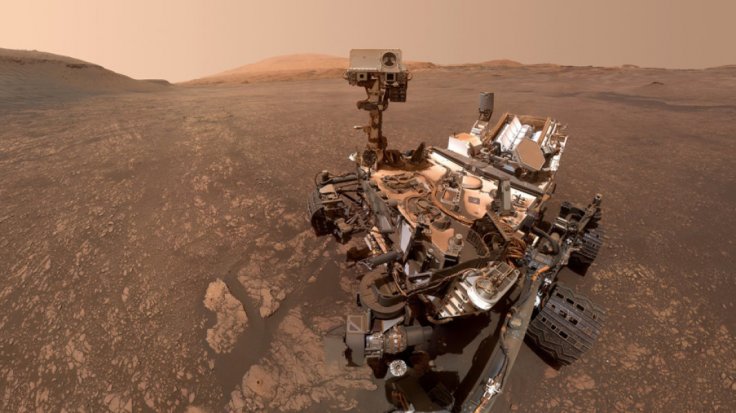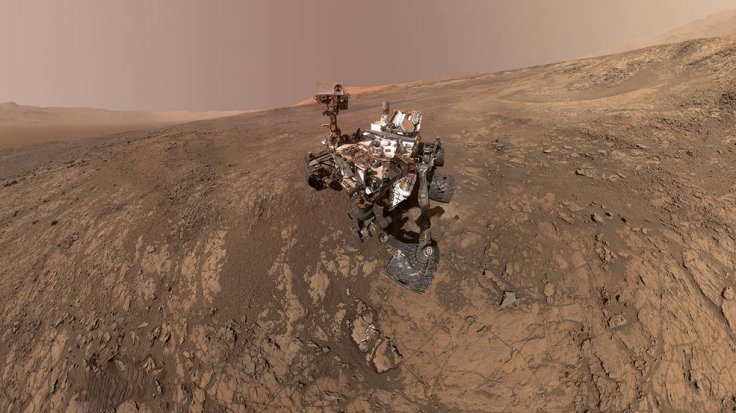
The Curiosity rover NASA sent to Mars recently took a photo of itself after conducting an important scientific experiment on the Red Planet. The goal of the experiment was to determine if the soil samples taken from Mars contain compounds that hold traces of alien life.
For the selfie photo that Curiosity took, NASA stitched together a total of 57 images taken using the camera attached to the rover's robotic arm. The complete photo was shared by NASA through its website. According to the agency, Curiosity took the photo while it was in a region called Glen Etive, which is part of a clay-bearing area on Mars. In addition to the rover, other notable regions such as the Gale Crater and the Vera Rubin Ridge can be spotted in the photo.
Aside from the Martian landscape, Curiosity's photo also shows the drill holes it made on the Red Planet's surface. These holes, identified as Glen Etive 1 and Glen Etive 2, were made by the rover in order to collect soil samples, which were used for an experiment.
As part of the experiment, the samples were placed inside the Sample Analysis at Mars (SAM), which is a portable laboratory inside Curiosity's body. According to NASA, SAM works like an oven, heating up the samples until they produce gases. The gas emissions are then analyzed by the rover to determine if they contain traces of chemicals that related to the formation of microbial life on Mars.

In total, the SAM holds 74 cups that the rover uses for experiments. Nine of these cups hold solvents that are used for wet chemistry experiments. These types of experiments help the rover detect if the samples contain traces of carbon-based molecules.
Since the SAM only holds a limited number of cups for testing, the team behind Curiosity is not able to conduct multiple wet chemistry experiments regularly. In fact, the recent test was only the second wet chemistry experiment that the rover conducted ever since it reached the Red Planet in 2012. This is the reason why the Curiosity team waited until the rover reached the clay-bearing region to conduct a new wet chemistry test. According to NASA, the results of the experiment will be released sometime next year.
"We've been eager to find an area that would be compelling enough to do wet chemistry," Paul Mahaffy of NASA's Goddard Space Flight Center and the principal investigator for SAM said in a statement. "Now that we're in the clay-bearing unit, we've finally got it."









